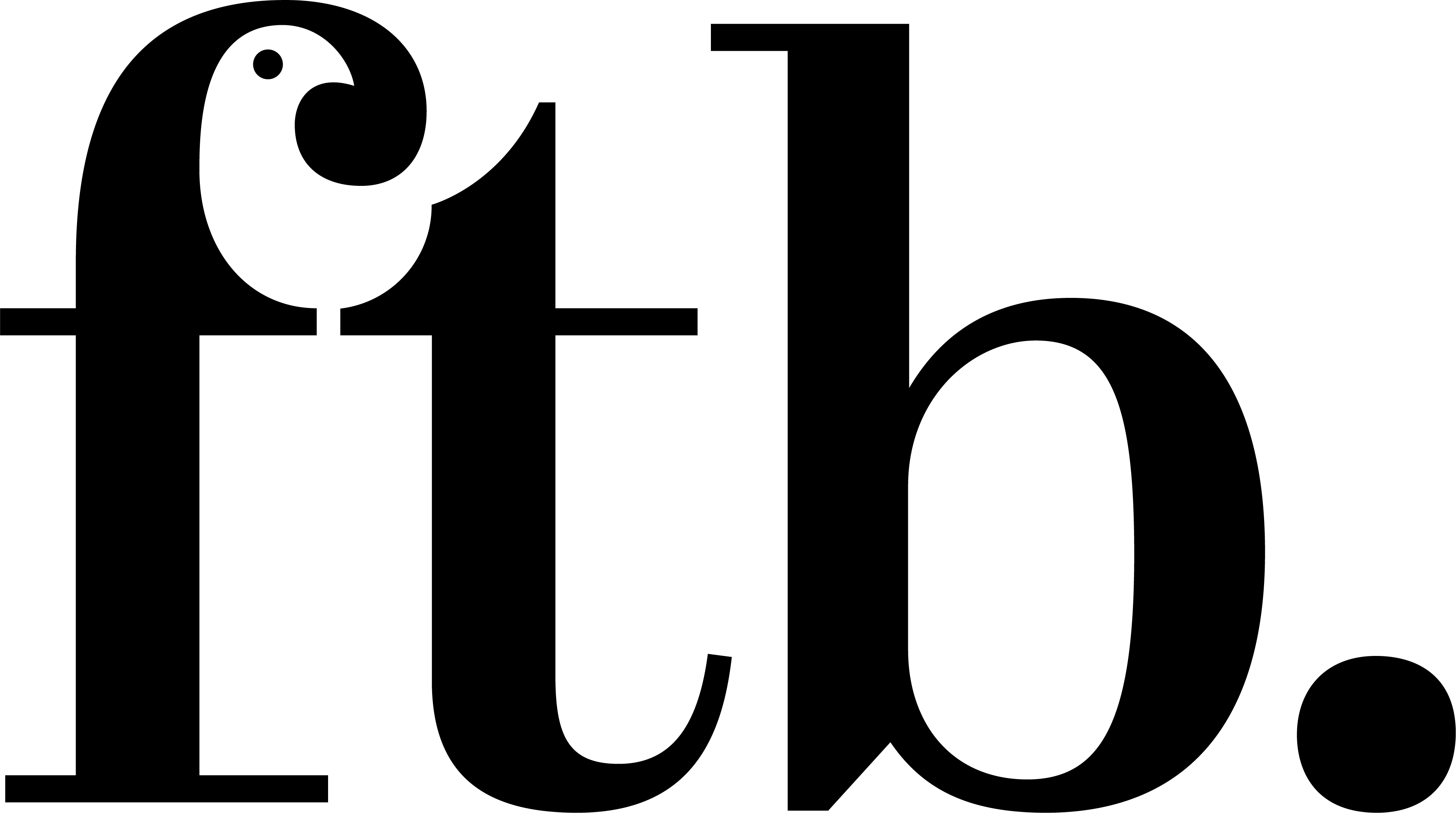Beautiful Thinking.





As the world experiences more extreme weather fluctuations each year it is interesting to consider how brands can adapt their manufacturing processes to combat against this, whilst at the same time having a positive effect on the world around them.
The process of vertical farming isn’t completely new with farmers having used this concept from around the mid 1990s. However, what is interesting now, is that with the challenges faced in the world today, how it can come into its own, and how companies can use this as a positive marketing technique against their competitors (whilst saving money in the process).
The process ensures that yields are consistent as the plants are not at the mercy of the ever-erratic weather we now seem to have. The plants are then used in the beauty products they create.Created by beauty industry expert, Lindsay Azpitarte, Ulé is dedicated to creating a conscious shift in the beauty industry to transform and elevate the idea of ‘beauty’ into one of pleasurable wellbeing – for ourselves, others and the planet.
It is important for any brand promising eco-friendly and sustainable credentials to follow through that consciousness to every element of their brand. The packaging design helps support Ulé’s ethos by using light weighted glass bottles and bio-based lids. While the soft muted colours along with the serif logotype and monospaced body copy add to the overall natural and sustainable semiotic codes.
Vertical farming has allowed them to use 95% less space than traditional methods meaning that the crops can be cultivated closer to the manufacturing facility, reducing travel miles therefore reducing their carbon footprint. It also allows them to use up to 93% less water which is an amazing statistic when you consider that only 3% of the earth’s water supply is now accessible freshwater and that up to two-thirds of the world’s population may face water shortages by 2025, according to the World Wildlife Fund. A sobering fact that we should all be more aware of.
Here at Free The Birds we’ve been aware of the impact of saving water and the positive impact that it can have for a brand, having developed the identity and packaging for Hydrachem brand Cert, an anti-bacterial cleaner in tablet form.
Since then there have been further developments in the waterless beauty space. Researchers at the University of East Anglia have recently developed a new technology that turns beauty products like moisturiser into a dry piece of confetti-like paper.
This breakthrough would mean that 98% of the water found in products like sun-cream, shampoo and conditioner could be removed, whilst preserving the stability of the active ingredients and users would simply add a drop of water to the paper disc to re-hydrate it instantly and apply in the same way as a conventional product.
This thinking can begin to be seen in products like Plus, a first of its kind dissolvable body wash where you simply add water to lather and then wash the sachet down the plug as the wrapper is 100% dissolvable, water-soluble and printed with bio renewable inks.
While the advancement waterless beauty is more typically seen in shampoo and conditioner bars, an interesting development lies with beauty brand Sbtrct who’s Vitamin C Booster bar is the world’s first solid Vitamin C Serum, delivering ground-breaking performance with a complex ingredient list.
the current state of play is set up to allow start up brands to populate the sectors shown here and bring on consumers that are environmentally focused, whilst at the same time creating some beautiful design. Hopefully before too long these practises can become more mainstream and harnessed by the healthcare and beauty giants, moving these sectors as a whole into an environmentally conscious space.
